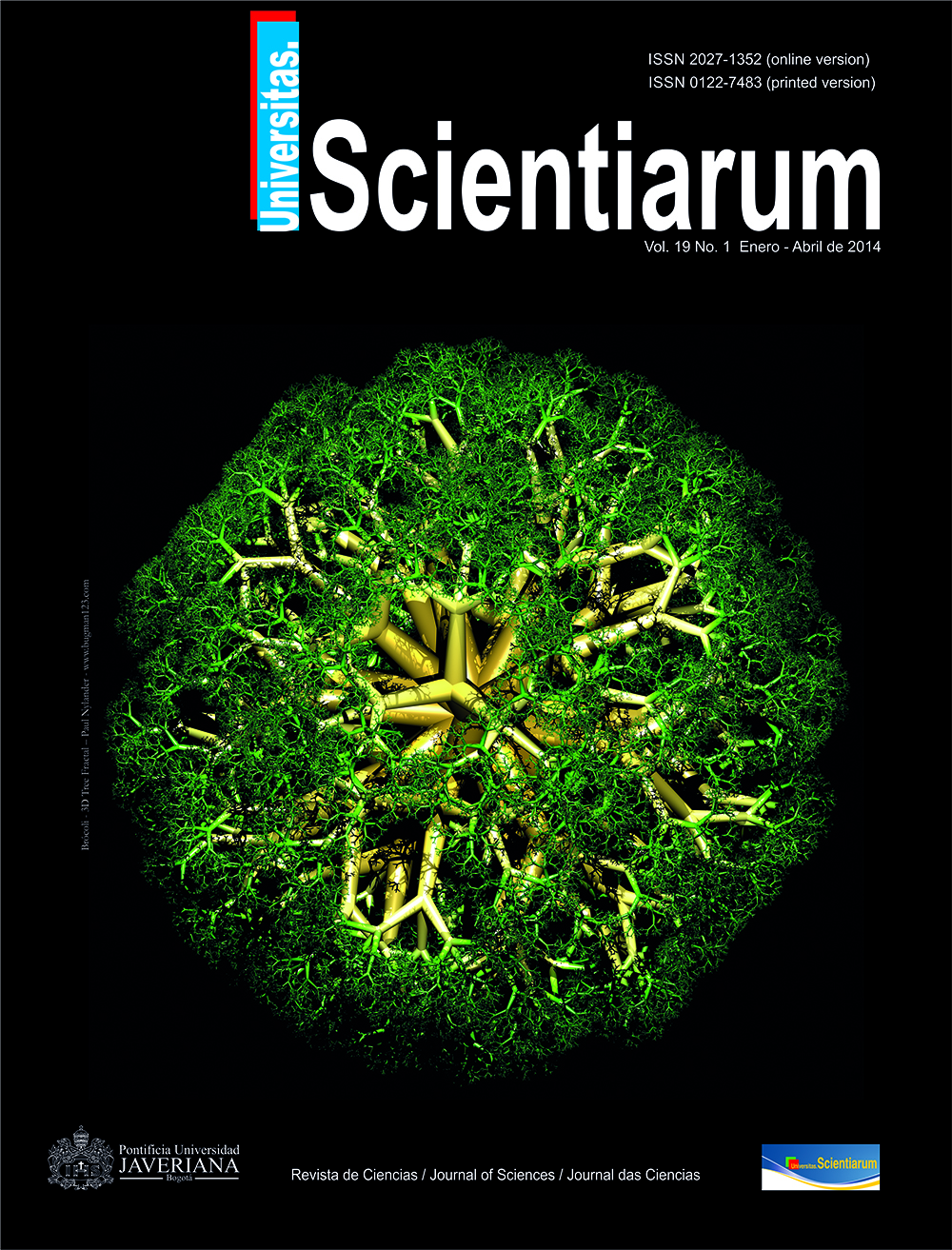Abstract
The excessive use of drugs in the veterinary industry generates bioaccumulation in animal organs, tissues, muscles and fat. Depending on the concentration, these residues can reach man via the food chain. Food safety comprehends the use of these drugs and their residues such as sulfonamides, chloramphenicol and quinolones, which have been found in different slaughter animals. Some countries have limited regulations to control this issue. The implementation of standards set by the European Union is essential to monitor and control this problem at a national level. In this review, we use analytical techniques to identify the residues produced by
these drugs, focusing on recently developed technologies that are essential tools to control this problem. Liquid chromatography combined with mass spectrometry and its various interface systems is the most recommended
technology to detect residues in various food matrices.
Univ. Sci. is registered under a Creative Commons Attribution 4.0 International Public License. Thus, this work may be reproduced, distributed, and publicly shared in digital format, as long as the names of the authors and Pontificia Universidad Javeriana are acknowledged. Others are allowed to quote, adapt, transform, auto-archive, republish, and create based on this material, for any purpose (even commercial ones), provided the authorship is duly acknowledged, a link to the original work is provided, and it is specified if changes have been made. Pontificia Universidad Javeriana does not hold the rights of published works and the authors are solely responsible for the contents of their works; they keep the moral, intellectual, privacy, and publicity rights. Approving the intervention of the work (review, copy-editing, translation, layout) and the following outreach, are granted through an use license and not through an assignment of rights. This means the journal and Pontificia Universidad Javeriana cannot be held responsible for any ethical malpractice by the authors. As a consequence of the protection granted by the use license, the journal is not required to publish recantations or modify information already published, unless the errata stems from the editorial management process. Publishing contents in this journal does not generate royalties for contributors.



